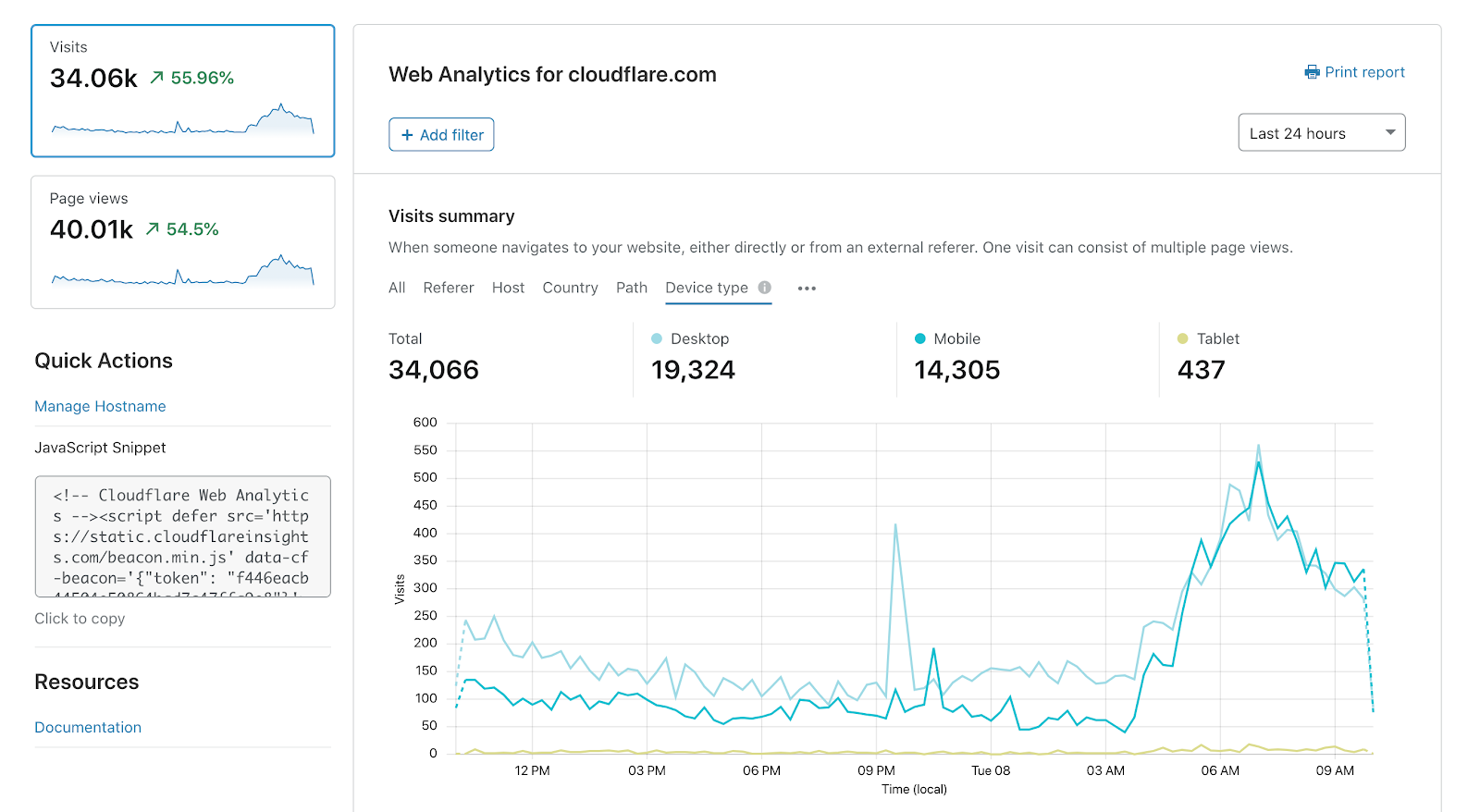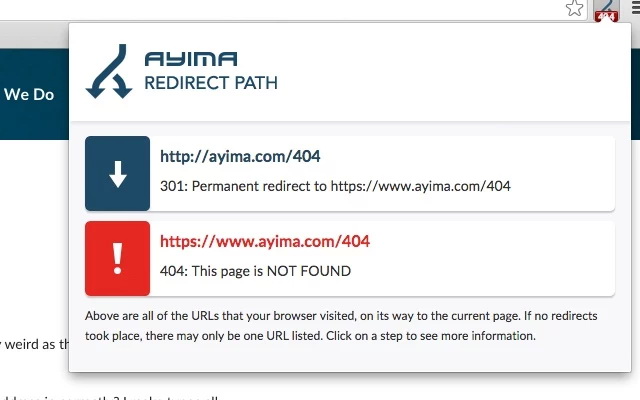PHP Redirect To Same Page
PHP Redirects is a very common problem when users try to access a website that requires authentication. This problem usually arises when the website that they are trying to access has been redirected. This is normally done by the web server either unintentionally or purposely. In this article I will explain how to redirect to the same page in PHP after a user has submitted their username and password.

Before I continue I need to explain what PHP redirects are. Basically they are small HTML tags used on web pages to tell the browser how to proceed after a previous page has been accessed.
PHP Redirect To Same Page-For example, if you were on a website that had been asked for your email address and you provided it. When you request the page that you were on, the server will redirect you to the home page by putting a small HTML tag on the page that you were on. The browser will then go through all of the pages in the system and look for the “redirect” code. When the code is reached, the browser will then be able to see that the page you were on has been changed and displays the page that was requested.
These small tags can be placed on various parts of the web server. They will typically contain the word “redirect” at the end of the address. The “redirect” is a hyperlink that changes the browser’s behavior so that when the browser visits that page, it is able to read the web page instead of displaying the “page not found” message that would have been displayed if the user had visited the homepage. This can be useful when someone wants to go to a different website than what they originally wanted to go to. This is where the term PHP Redirects comes from.

PHP Redirects is used all the time on the internet. For example, when a visitor goes to a new blog they may be prompted to add their username and password so that their comment or entry is added to the blog’s database. However, instead of adding their username and password when they post the comment, the blog may instead prompt the user to visit the login page and enter that information before they can post their comment. This is where PHP Redirects comes into play. When the page that requires the user to log in is reached, the PHP Redirects code will change the url that is used so that it only requires the user to click the link instead of entering their username and password to get to the page.
These scripts or Redirects work the same way on most websites. A simple example of this would be using YouTube as an example. When you go to the video section of the website, all you have to do is right click on the YouTube icon in the browser and the “Redirects” tab will appear. You can then choose the “Settings” tab and in the URL section you can type the url of the page that you want to go to. Then the browser will go to that page instead of the original website and the video will start playing.
On the other side of the coin, PHP Redirects are used to gain higher ranking for certain keywords in a particular website.
Say for example you have a business website, and you have some products that you sell. You want to rank highly for the specific keyword “sale items”. You can achieve this by creating a redirect page on your main website that redirects the user to the sales page of the products.
Some examples of these pages include the About Us page, Contact Us page and About Us Again page. The About Us page is used to give general information about the company. In order to make a successful SEO campaign, the About Us page needs to be linked from one of the other pages on the website. On the other hand, the Contact Us page is used to let people ask questions or provide feedback about the products. It is important that both these pages are linked from the same domain and not from different domains.
The question that arises here is how one will know which of the scripts redirects are PHP Redirects and which are not?
To solve this problem, web developers use redirect script tools to determine the true destination of the visitor’s request. These tools are written in Perl/C++ and then inserted into the website’s HTML page using various web scripting languages like JavaScript, ASP, PHP, ColdFusion etc. Once these scripts are placed on the page, the tool will then determine which of the scripts are PHP Redirects and which are not. This way, you can then modify your web site to the extent necessary to comply with the redirect rules.






Leave a Reply